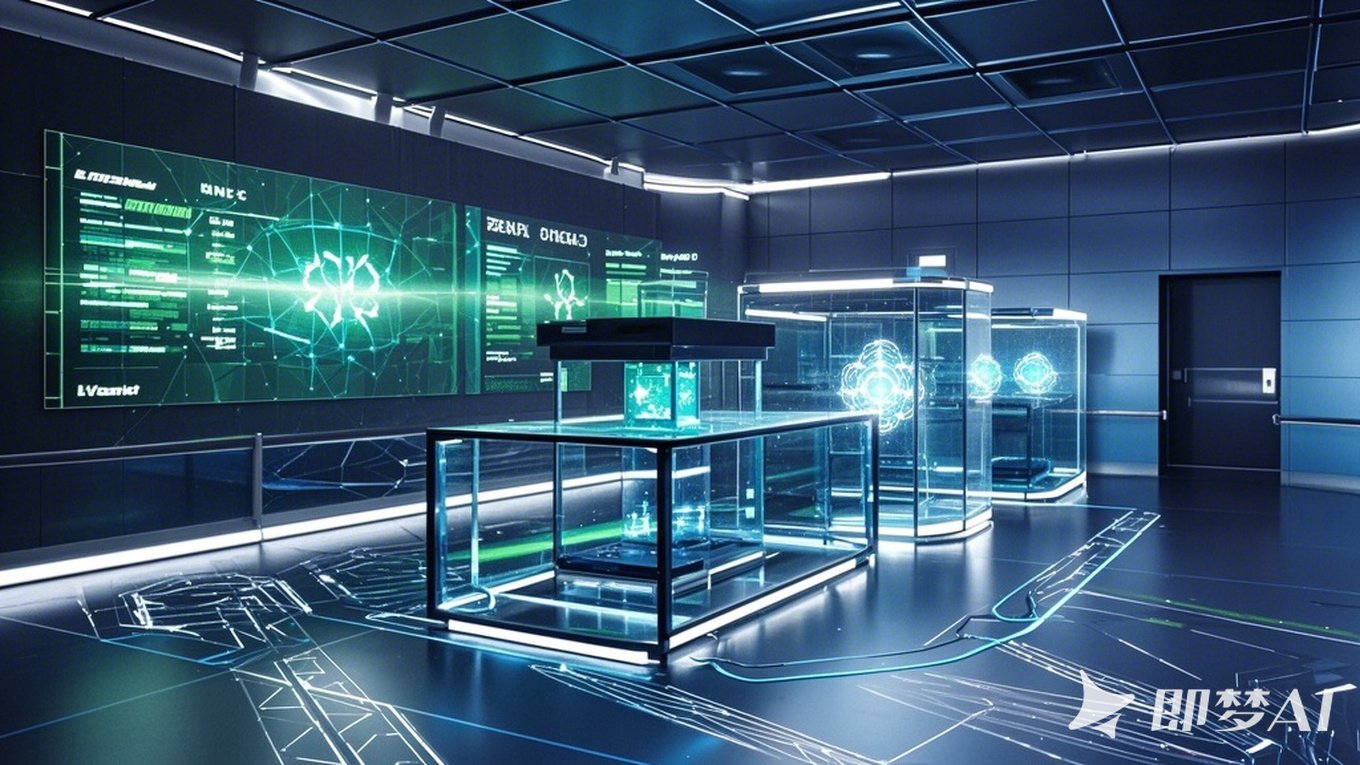The impact of photovoltaic component installation location on power generation
2025-04-25
The installation location of photovoltaic components does indeed affect power generation, mainly in the following aspects:
I. Impact of Orientation
The orientation of photovoltaic components directly determines the amount of solar radiation they can receive. In the Northern Hemisphere, a south-facing orientation is generally considered optimal, as this allows the photovoltaic components to receive maximum direct solar radiation. If the orientation of the photovoltaic components deviates from south, power generation will decrease accordingly. Specifically:
As the azimuth angle (i.e., the angle between the vertical plane of the component array and the south direction) gradually increases from 0° (south) towards the east or west, the rate of power generation loss will accelerate.
When the azimuth angle varies within ±15° of south, the relative power generation loss is within 1%. However, as the angle deviates further, the power generation loss will increase significantly.
II. Impact of Tilt Angle
The tilt angle of photovoltaic components also significantly impacts their power generation. The choice of tilt angle should be determined based on the local geographical latitude. Generally, when the latitude is higher, the corresponding tilt angle should also be increased. This is because the tilt angle can affect the angle of incidence of solar radiation received by the photovoltaic components, thereby affecting their power generation efficiency.
When the installation tilt angle of the components deviates from the optimal tilt angle, the power generation will be relatively lost, and the loss rate will increase with the increase of the deviation between the actual tilt angle and the optimal tilt angle.
The curve changes slightly differently at different latitudes, but the overall trend is: low-latitude areas have less power generation loss when laid flat, and greater power generation loss when installed vertically; while high-latitude areas may require a larger tilt angle to optimize power generation efficiency.
III. Comprehensive Consideration of Other Factors
In addition to orientation and tilt angle, the installation location of photovoltaic components should also consider other factors, such as snow accumulation problems, terrain conditions, and land area limitations. These factors can all affect the power generation efficiency of photovoltaic components. For example, in areas with more snow, an appropriate tilt angle should be selected to allow snow to slide off, avoiding blocking the photovoltaic components; while in areas with complex terrain, customized support solutions may be needed to ensure that the photovoltaic components can operate stably and efficiently.
In summary, the installation location of photovoltaic components has a significant impact on power generation. When choosing an installation location, the orientation, tilt angle, and other relevant factors should be considered comprehensively to ensure that the photovoltaic system can operate efficiently and stably and generate maximum economic benefits.
Previous:
Previous:
The impact of photovoltaic component installation location on power generation
The installation location of photovoltaic components does indeed affect power generation, mainly in the following aspects:
I. Impact of Orientation
The orientation of photovoltaic components directly determines the amount of solar radiation they can receive. In the Northern Hemisphere, a south-facing orientation is generally considered optimal, as this allows the photovoltaic components to receive maximum direct solar radiation. If the orientation of the photovoltaic components deviates from south, power generation will decrease accordingly. Specifically:
As the azimuth angle (i.e., the angle between the vertical plane of the component array and the south direction) gradually increases from 0° (south) towards the east or west, the rate of power generation loss will accelerate.
When the azimuth angle varies within ±15° of south, the relative power generation loss is within 1%. However, as the angle deviates further, the power generation loss will increase significantly.
II. Impact of Tilt Angle
The tilt angle of photovoltaic components also significantly impacts their power generation. The choice of tilt angle should be determined based on the local geographical latitude. Generally, when the latitude is higher, the corresponding tilt angle should also be increased. This is because the tilt angle can affect the angle of incidence of solar radiation received by the photovoltaic components, thereby affecting their power generation efficiency.
When the installation tilt angle of the components deviates from the optimal tilt angle, the power generation will be relatively lost, and the loss rate will increase with the increase of the deviation between the actual tilt angle and the optimal tilt angle.
The curve changes slightly differently at different latitudes, but the overall trend is: low-latitude areas have less power generation loss when laid flat, and greater power generation loss when installed vertically; while high-latitude areas may require a larger tilt angle to optimize power generation efficiency.
III. Comprehensive Consideration of Other Factors
In addition to orientation and tilt angle, the installation location of photovoltaic components should also consider other factors, such as snow accumulation problems, terrain conditions, and land area limitations. These factors can all affect the power generation efficiency of photovoltaic components. For example, in areas with more snow, an appropriate tilt angle should be selected to allow snow to slide off, avoiding blocking the photovoltaic components; while in areas with complex terrain, customized support solutions may be needed to ensure that the photovoltaic components can operate stably and efficiently.
In summary, the installation location of photovoltaic components has a significant impact on power generation. When choosing an installation location, the orientation, tilt angle, and other relevant factors should be considered comprehensively to ensure that the photovoltaic system can operate efficiently and stably and generate maximum economic benefits.
Previous Page
Previous Page
More Cases
undefined
Related News






